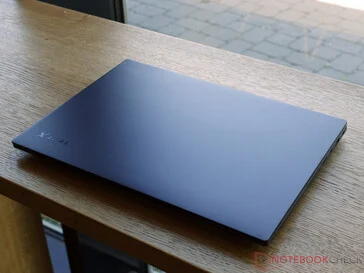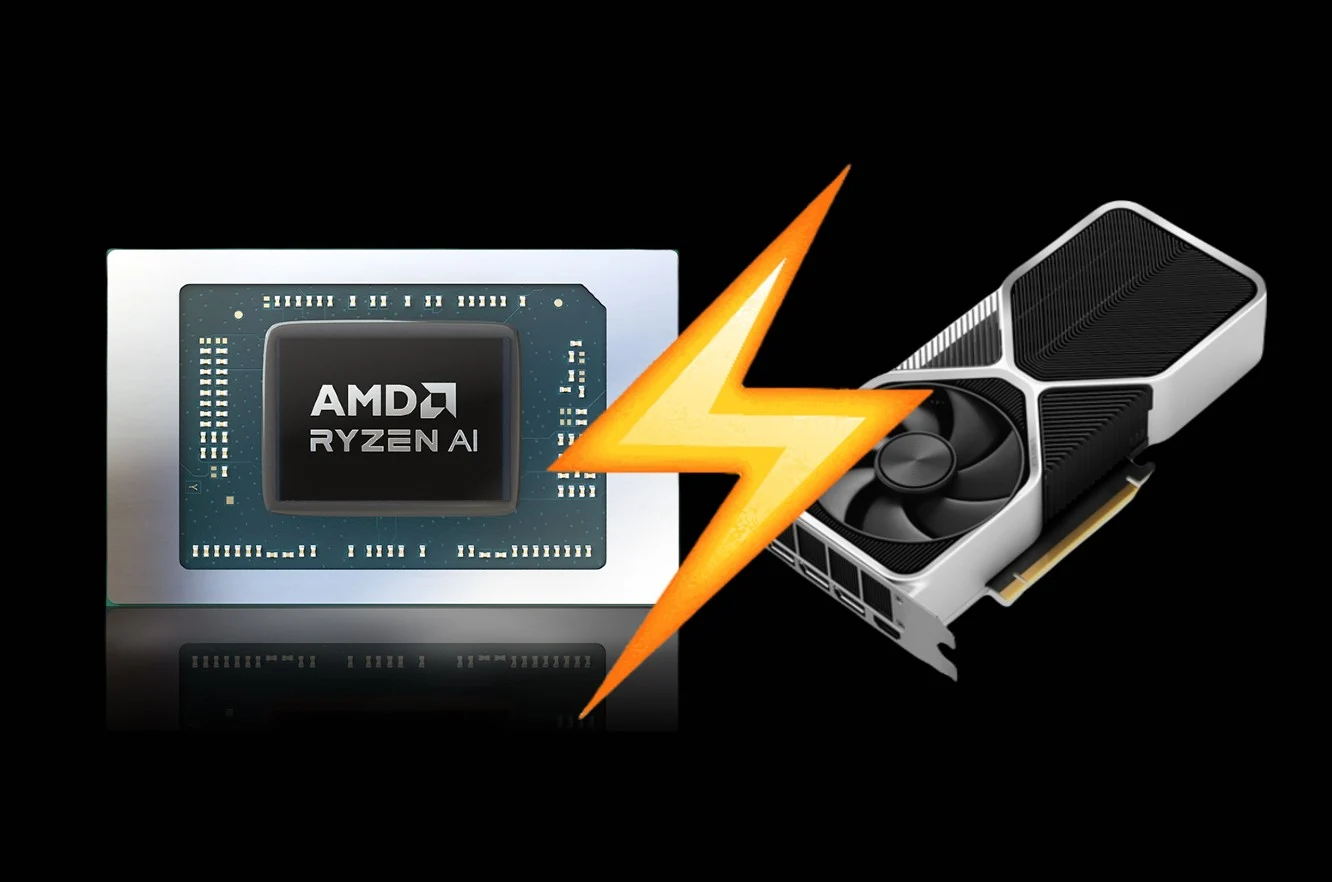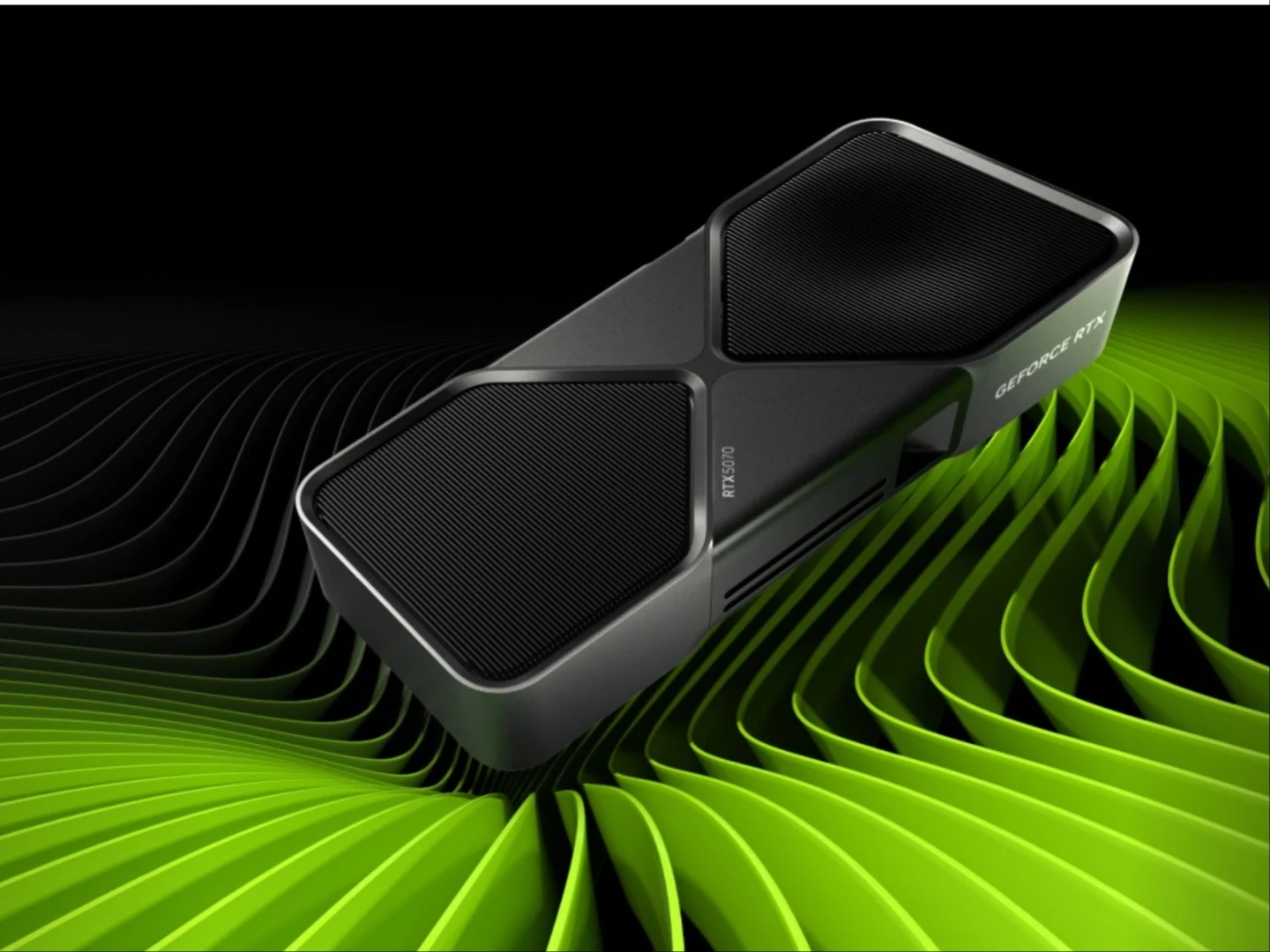Key Takeaways
1. Powerful Hardware: The Swift X 14 AI features the Nvidia RTX 5070 Laptop GPU and offers options for AMD Ryzen AI 365 or Ryzen 7/5 processors.
2. High-Quality Display: It has a 14.5-inch OLED display with a resolution of 2880×1800 pixels and covers 100% of the DCI-P3 color gamut.
3. Enhanced Connectivity: The laptop includes WiFi 6E, Bluetooth 5.4, and a variety of ports for expanded connectivity.
4. Impressive Battery and Memory: It comes with a 76 Wh battery and supports up to 32 GB of LPDDR5X RAM.
5. Availability and Pricing: The Swift X 14 AI will be available from July 2025, starting at €1,999.
Acer has unveiled a variety of new products at Computex 2025, including the Swift X 14 AI. This laptop is tailored for creators and boasts powerful hardware, featuring the RTX 5070 Laptop. It also comes with Nvidia Studio drivers already installed, which Acer claims are specifically optimized for the GPU of the laptop.
Performance Specifications
When it comes to the CPU, users can choose to pair the Nvidia RTX 5070 Laptop with the AMD Ryzen AI 365. This Strix Point processor is equipped with four Zen 5 cores and six Zen 5c cores, along with the Radeon 880M integrated GPU. Alternatively, customers can select Ryzen 7 350 or Ryzen 5 340 processors, both part of the Krackan Point series.
Display Features
The display of the Swift X 14 AI is another standout feature. It has a 14.5-inch OLED screen with Calman verification, delivering a resolution of 2880×1800 pixels and covering 100% of the DCI-P3 color gamut. Acer emphasizes the 16:10 aspect ratio and the panel’s brightness of 340 nits.
Connectivity and Additional Features
In terms of connectivity, the laptop offers a good range of ports. For wireless options, it includes WiFi 6E and Bluetooth 5.4. Other notable features of the Swift X 14 AI are its 76 Wh battery, the ability to support up to 32 GB of LPDDR5X RAM, a PCIe Gen 4 SSD slot (with a 1 TB Samsung 990 Pro currently priced at $99.99 on Amazon), a dual-speaker system with DTS:X Ultra, and compatibility with the MPP 2.5 stylus. Acer has announced that this laptop will be available starting from July 2025, with a starting price of €1,999.








